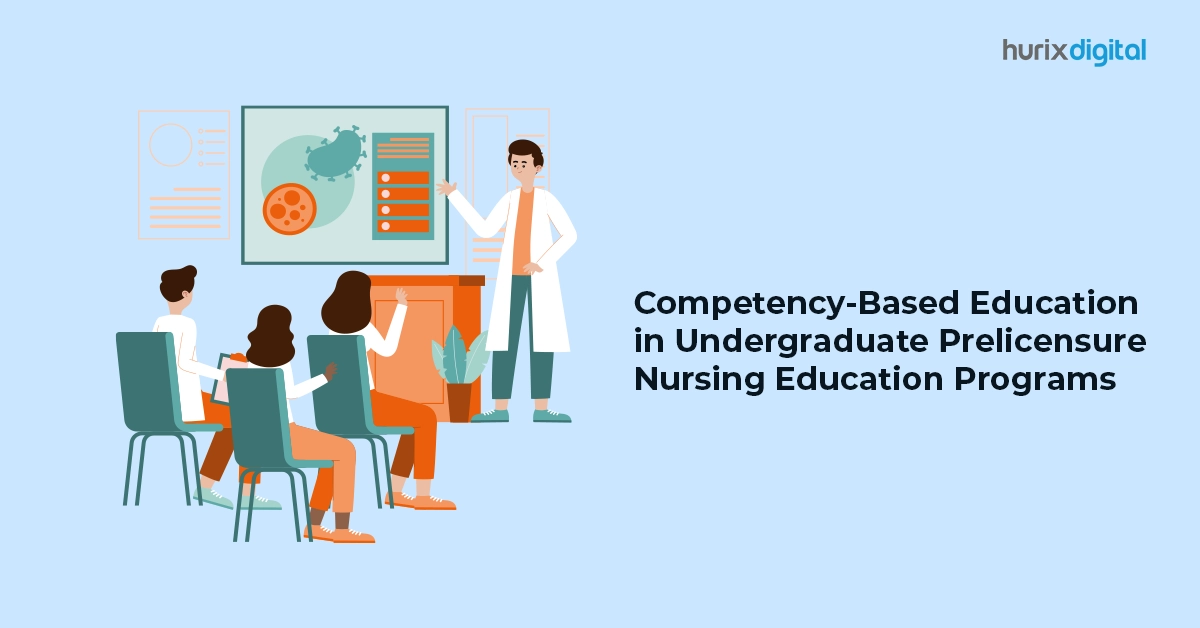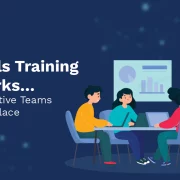
The Role of Technology in Improving Student Learning Outcomes
Summary
The article traces the evolution of technology transforming higher education from traditional lecture-based formats to interactive learning environments.
Technology has fundamentally shifted the way learning happens in higher education. Unlike lecture-based traditional learning that leaves students as mere consumers of information, with no scope for student interaction or creativity, technology-based learning enhances student creativity and improves student learning outcomes by offering a holistic learning approach.
Tech-based learning in higher education enables students to do everything from uploading recorded lectures online to referring to digital copies of the topics discussed in class.
Here Are Six Ways Higher Education Institutions Can Leverage Technology to Improve Student Learning Outcomes
1. Flexible learning opportunities
With technology at the forefront, access to course material is no longer restricted to just the library or the classroom. With smart devices connected to the Internet, students can carry with them learning resources and learn anywhere at any time.
Right from giving real-time notifications and access to university support to various time management tools, mobile learning apps in higher education can ensure a better user experience and much better learning outcomes. With almost every student owning a smartphone, such kind of technology-driven mobile learning will continue to be a key trend in the coming years.
2. Interactive learning
Technology is instrumental in making education a more interactive and collaborative process. Targeted course-based websites and technologically advanced computer-based chat rooms are some of the resources that facilitate robust communication and teamwork among higher education students.
Technology also provides opportunities to make learning more engaging and enjoyable in terms of teaching concepts in new and unique ways. For instance, using gamification, virtual field trips and leveraging other online learning resources allows educators to encourage active student participation in the learning process which can be difficult to achieve in a traditional learning setup.
Know More: Empowering Enterprises with Learning Management and Support Solutions
These kinds of collaborative learning opportunities help students to enhance their understanding, recalling abilities, and problem-solving skills. In addition to this, technology can also streamline the work of peer groups, collaborative design teams, and other similar collaborative learning groups for better student outcomes.
Further, technology can help encourage active student participation in the classroom – a key factor for increased knowledge retention. Various forms of technology can be used to experiment with and understand what works best for students in terms of knowledge retention.
3. Improves overall learning experience
By incorporating modern technology such as machine learning and artificial intelligence in higher education, educators can develop more engaging, creative and innovative teaching material to hold the attention of students. The use of such contemporary learning technologies could also support students from varied backgrounds with different learning needs.
Further, technology allows instructors to mitigate bias by monitoring and reviewing the frequency of student contributions in class and watching videos that record their answers. They can also use short polls, chat comments, online quizzes and more to quickly and efficiently address common queries.
4. Personalized education
Technology plays a key role in personalizing and individualizing education for higher education students. By limiting the need to deliver vast amounts of information, technology allows instructors to give more time to individual students.
As instructors get more time to understand students’ individual needs and interact with them, adapting their teaching strategies to suit the interests and needs of the students becomes much easier.
Further, the inclusion of technology offers great opportunities to make learning much more effective for students with special needs. For instance, it allows students to learn at their speed and review difficult concepts without much hassle. Access to the Internet and tech devices gives students access to a range of resources to engage and conduct research in different ways, which in turn, can improve student learning outcomes.
Also Read: Providing future-ready digital solutions to Publishers, Enterprises, and Educational Institutions
5. Collaborative approach
While the traditional models of higher education mean attending long lectures and studying alone in the library, an increasing number of future-oriented higher education universities are now encouraging collaborative learning approaches. For instance, online working on different projects by collaborating with peers on various forums or by sharing documents on their virtual learning environments.
What this means is the adoption of new technologies for students and educators to share research. Instead of traditional classrooms, technology enables open learning spaces with multiple screens and screen sharing options for developing ideas within small groups. This kind of collaboration among students can happen in the same classroom, same campus and even with others around the world.
6. Measurement of learning through analytics
Learning analytics plays an important role in developing adaptive learning technologies.
Unlike earlier, where the only measures available were test results or student attendance, staff can now track everything from students’ mastery of topics through self-assessed online quizzes to their engagement in online discussion groups, and the time they spend in the library.
Although there may be front-end expenses in developing this kind of adaptive learning technology, the real value of it can be seen in the enhanced student engagement and faster mastering of subjects.
Also Read: Smart Technology Solutions for a Digital World
Conclusion
Higher education students who are engaged and interested in gaining a conceptual understanding of concepts are expected to have better knowledge retention.
Technology today is a great enabler that not only allows students to own their learning and retain knowledge but also gives institutions the ability to be much more agile, helping them maximize opportunities and enhance collaborative learning opportunities. All of this leads to the enhanced student experience by allowing students to adapt to new learning environments and be much more creative.
While technology can surely help institutions push the boundaries of knowledge forward in new tech-based disciplines, it also can enhance the broad-based education experience for students that universities have been delivering.
The institutions need to take the onus upon them and address the barriers that are preventing them from adopting technology solutions and strategies that are a perfect fit for the new digital age.
Schedule a quick call with us to learn more about our products & services.
We respect your privacy. We use the information you provide us to send you relevant content about industry trends and our products & services. You may unsubscribe from our list at any time. For more information, check out our Privacy Policy

Senior Vice President
A Business Development professional with >20 years of experience with strong capability to sell new solutions and develop new markets from scratch. New Market Entry Specialist with experience of working in two of the largest emerging markets – China & India. Also covered other key markets in APAC, US, EU & ME. Exceptional experience of conceptualizing, ideating and selling new learning technologies like VR AR, etc. across multiple industry verticals.






















